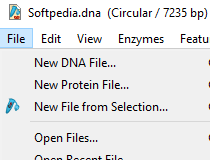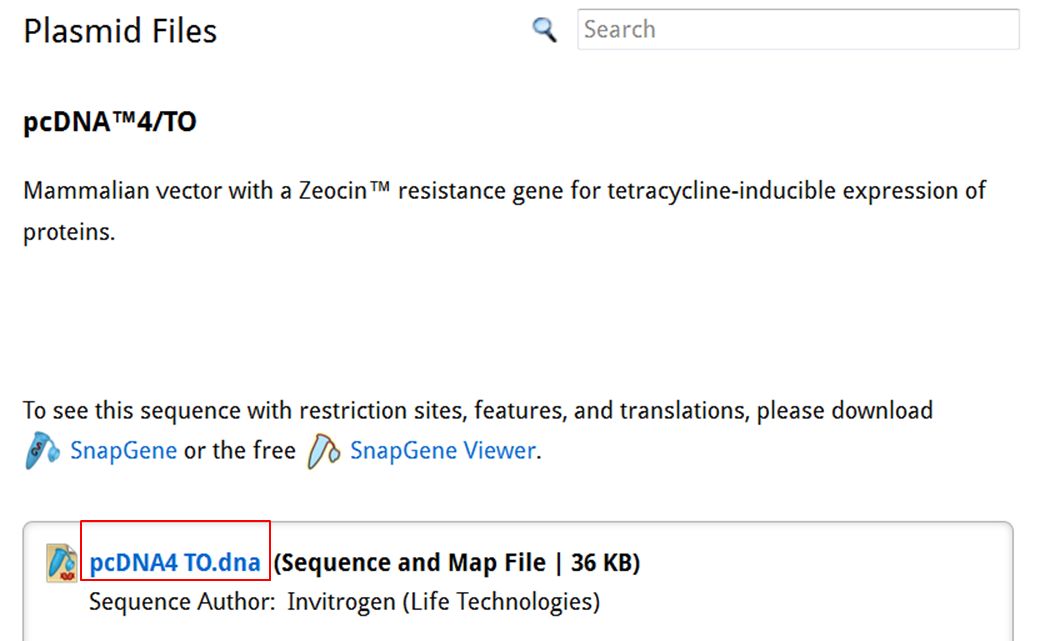

More commonly, however, genomic background noise may be introduced inadvertently into the test system. For example, bacteriophage ΦX174 genomic DNA is added to samples as positive control and despite standard filtering of these sequences it may still be found in published metagenomics samples 2. Genomic background noise may originate from very different sources and may be introduced at multiple points during sample preparation. This is a common contamination problem, as exemplified in studies that used Whole Genome Amplification (WGA), where as few as 30% of all reads originated from target DNA 1.


Genomic sequences that may have been inadvertently introduced into samples during processing will be sequenced at a similar efficacy as target sequences and this background noise may mask signals obtained from target sequences.

However, an important and often ignored pitfall of this sequencing approach is the indiscriminate sequencing of all sequences present in a given sample. The large-scale, indiscriminate sequencing used in metagenomics allows to comprehensively map all microbial components within well-defined ecosystems. Metagenomics dramatically changed our view on the composition of microbial communities in a diversity of ecosystems, including particularly the gut associated microbiome. Critical appraisal of metagenomic data sets for the possibility of plasmid background noise is required to identify reliable and significant signals. Hence, the plasmid sequences that seem to be omnipresent in molecular biology reagents may misguide conclusions derived from genomic/metagenomics datasets and thus also clinical interpretations. Retrospective analyses of published metagenomic studies revealed an inaccurate signal-to-noise differentiation. Plasmid contamination sources included production chain of molecular biology reagents as well as contamination of reagents from environment or human handling of samples and reagents. We found fragments of multiple other expression plasmids in human samples as well as commercial polymerase preparations. Using a metagenomic approach, we identified the presence of the ( pol) of equine infectious anemia virus in human samples and traced it back to the expression plasmid used for generation of a commercial reverse transcriptase. Here we show that plasmid sequences from different sources are omnipresent in molecular biology reagents. The presence of plasmid residues, that are frequently present in reagents as contaminants, has not been investigated so far, but may pose a substantial bias. This is relevant as significant signals may be lost due to a low signal-to-noise ratio. Background noise in metagenomic studies is often of high importance and its removal requires extensive post-analytic, bioinformatics filtering.


 0 kommentar(er)
0 kommentar(er)
